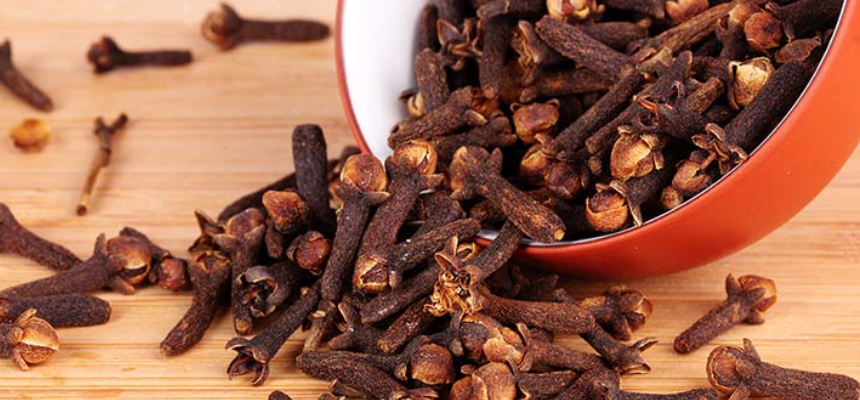FIGHTING BONE LOSS POST MENOPAUSE

Suffering from pain in bones? Fearing your bones might break as they seem to be very weak? Then there are chances you might be affected with osteoporosis, a skeletal disorder that can lead to compromised bone strength and hence, increase the risk of sudden and unexpected fracture.
Osteoporosis means porous bone and it progresses without any pain or symptom and so called “silent disease”. Women are more prone to develop osteoporosis and this is evident from the fact that of the estimated 10 million Indians affected with osteoporosis, about 80 per cent are women. This disease develops in women after menopause when the levels of estrogen drop drastically. This would lead to bone loss.
Estrogen plays an important role in maintaining the strength of the bones. Beginning at 30 years, women tend to lose a small amount of bone every year, as they age. Compared to men, women tend to have smaller and thin bones making them vulnerable to the disease.
 According to Dr V.V. Satyanarayana E, consultant orthopaedic surgeon, Aware Gleneagles Global Hospital, L.B. Nagar, Hyderabad, approximately one in two women above 50 years will break a bone because of osteoporosis. It occurs mostly in women aged above 65 years.
According to Dr V.V. Satyanarayana E, consultant orthopaedic surgeon, Aware Gleneagles Global Hospital, L.B. Nagar, Hyderabad, approximately one in two women above 50 years will break a bone because of osteoporosis. It occurs mostly in women aged above 65 years.
Ancestors having this disease or any one person among the kin on the maternal side being affected with a fracture also tend to pose the risk of osteoporosis. Women in Asia and Europe are equally at risk of being affected with the disease. Early menopause can also increase the risk of this disease. Similarly, women who are underweight for their height, those addicted to alcohol and smoking, prolonged use of drugs like cortisone for asthma and thyroid related disorders, medical problems like rheumatoid arthritis, emphysema, chronic bronchitis, hyperthyroidism, liver and intestinal diseases also increase the risk of osteoporosis.
PREVENTION
Dr Satyanarayana says intake of Vitamin D, 1 gram calcium per day, regular exercising, starting the hormonal replacement therapy on time, use of calcitonin, cutting down on intake of alcohol and quitting smoking would reduce the risk and can even prevent the onset of osteoporosis.
The National Osteoporosis Foundation (NOF) recommends use of medication to treat postmenopausal women osteoporosis with T-score between -1.0 and -2.5. T-scores are numbers used to measure bone density based on the way bones look on imaging.
Biphosphonates – slow the breakdown and removal of bone (i.e. resorption of bone). This is wodely used for prevention and treatment of osteoporosis in postmenopausal women. These drugs need to be taken on an empty stomach.
Alendronate – Brand names Binosto, Fosamax reduce the risk of vertebral and hip fractures. These drugs are available as pills that can be taken once in a day or once in a week.
Similarly, Risedronate (brand names Actonel, Atlevia) too reduce the risk of vertebral and hip fractures.
An intravenous dose of Zoledronic acid is also used to treat osteoporosis. This medication is given into the vein over 15 minutes and once in a year.
Selective estrogen receptor modulators (SERMs), which include raloxifene, provide protection against postmenopausal bone loss.
Screening for osteoporosis is the best way to check and prevent the disease among women crossing 65 years and also for those below that age who have gone through menopause and have risk factors like past fracture.
Book Appointment: Dr V.V. Satyanarayana E, consultant orthopaedic surgeon, Aware Gleneagles Global Hospital, L.B. Nagar, Hyderabad

 Disclaimer: Welthi.com does not guarantee any specific results as a result of the procedures mentioned here, and the results may vary from person to person.
Disclaimer: Welthi.com does not guarantee any specific results as a result of the procedures mentioned here, and the results may vary from person to person.









